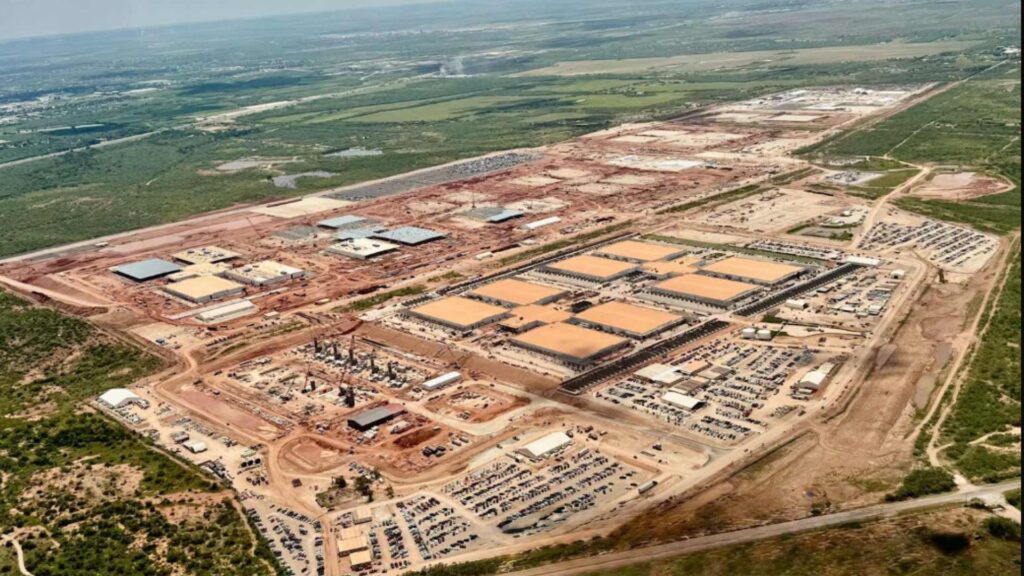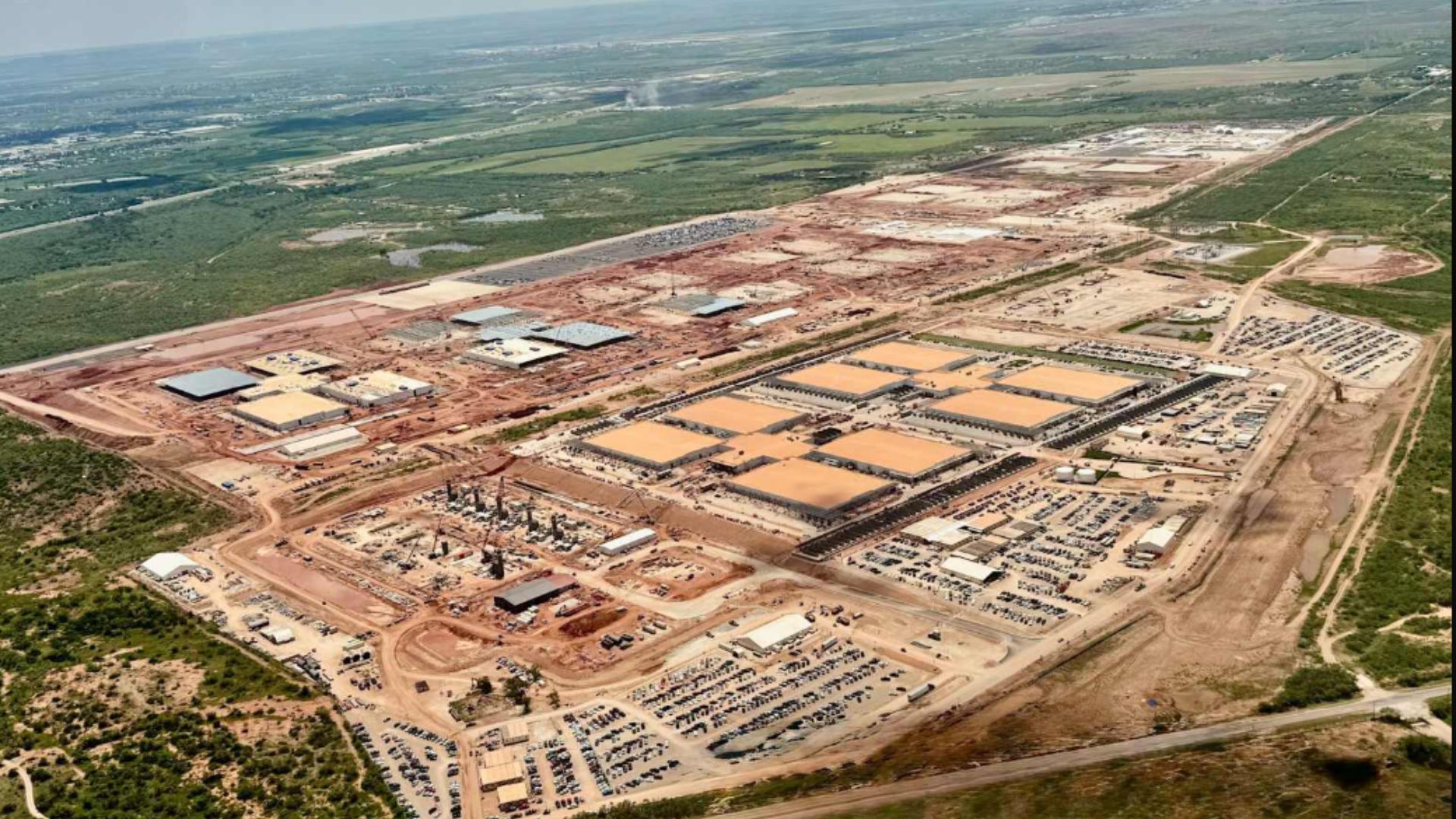
OpenAI has dramatically escalated its financial projections, announcing an expected cash burn of $115 billion through 2029—an $80 billion increase from earlier estimates, according to a report by The Information published September 5, 2025. This revision reflects the company’s aggressive spending to maintain its position in the rapidly evolving artificial intelligence market while developing the infrastructure needed to power ChatGPT and future AI models.
Soaring Infrastructure Costs Drive Spending Surge
The massive increase in projected spending is primarily driven by soaring computing and data center costs. OpenAI expects to burn more than $8 billion in 2025 alone, representing a $1.5 billion increase from earlier projections. The trajectory becomes even steeper in subsequent years, with cash burn projected to exceed $17 billion in 2026, $35 billion in 2027, and $45 billion in 2028.
According to The Information, OpenAI now expects to spend $28 billion on computing services with Microsoft alone by 2028. The company’s total computing costs between 2025 and 2030 are projected to surpass $320 billion, illustrating the enormous capital requirements of developing cutting-edge AI models.
To control these escalating expenses, OpenAI is pursuing multiple strategic initiatives. The company has partnered with semiconductor giant Broadcom to develop its first custom AI chips, with a $10 billion deal that will see initial production begin in 2026. This initiative aims to reduce OpenAI’s dependence on Nvidia hardware while providing greater control over its computing infrastructure.
Strategic Infrastructure Partnerships
OpenAI has also struck a landmark $30 billion annual agreement with Oracle to lease 4.5 gigawatts of data center capacity across multiple U.S. locations. This partnership forms a key component of the company’s broader Stargate infrastructure initiative, which involves a total investment of $500 billion over four years to build AI infrastructure across the United States.
The Stargate project includes partnerships with SoftBank Group and other investors, representing one of the largest infrastructure buildouts in technology history. The first phase involves constructing a 1.2 gigawatt facility in Abilene, Texas, equipped with hundreds of thousands of Nvidia GB200 AI chips.
Revenue Growth Maintains Ambitious Trajectory
Despite the massive expenditures, OpenAI remains confident about its revenue prospects. The company hit $12 billion in annual recurring revenue by July 2025, doubling its revenue during the first seven months of the year. For 2025, OpenAI now projects total revenue of approximately $13 billion, with expectations of reaching $200 billion by 2030.
ChatGPT remains the primary revenue driver, expected to generate nearly $10 billion in 2025 alone. The company’s revenue diversification strategy includes expanding enterprise services, API offerings, and new products targeting both paid subscribers and free users who will generate revenue through advertising and commissions.
The company’s financial trajectory reflects the broader transformation of the AI industry, where maintaining technological leadership requires unprecedented capital investments in computing infrastructure and specialized hardware. Cash-flow positivity is not expected until 2029 at the earliest, underscoring the long-term nature of OpenAI’s investment strategy.













Your point of view caught my eye and was very interesting. Thanks. I have a question for you.